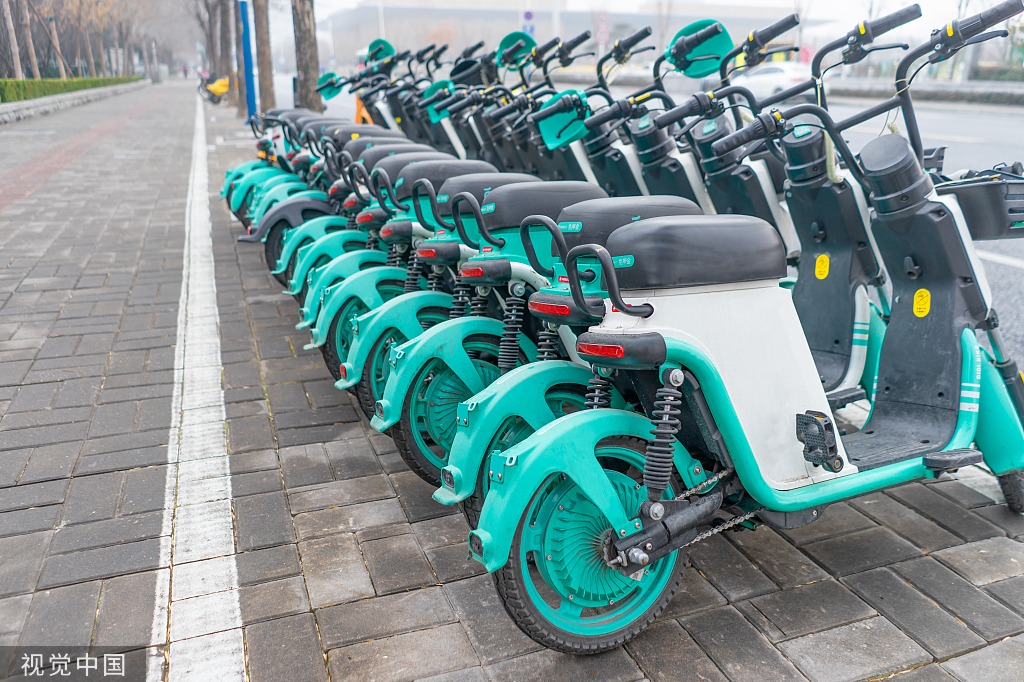Mexico City battles severe water crisis
By SERGIO HELD and GERMAN SANCHEZ in Bogota | China Daily Global | Updated: 2023-11-28 09:43

Mexico City is enacting various strategies to combat severe water scarcity, as a yearslong lack of rainfall continues to impact the local water supply.
The water crisis is a direct result of falling levels of rain within the Cutzamala System, which supplies the city of nearly 10 million people, and of its primary water source, the Valle de Bravo reservoir. Levels at the reservoir have fallen significantly after years of limited rainfall.
"Mexico currently has a major problem in terms of water due to climate change," Sandra Lopez, a researcher at the public policy research center Mexican Institute for Competitiveness, said.
"But it can also be very much linked to the country's management problems, since we have different factors, such as the fact that not enough resources and financing have been allocated to management.
"This, for obvious reasons, means that the population and Mexican society in general is experiencing water stress, which we are only just identifying as a potential problem."
The water shortage affects about one-fourth of the population in the Mexican capital, which is witnessing daily water disruptions in various areas, making it difficult for residents to undertake essential tasks such as cooking, cleaning and bathing.
"In the neighborhood where I am, they start to cut off the water supply at about 11 am. It comes very slowly," Sergio Ramos, a clerk at Navycar car wash in Mexico City, said. The water supply only lasts seven or eight hours a day, he said.
Conservation efforts
Amid the continuing crisis, the federal, state and city governments are urging citizens to conserve water by fixing faulty faucets and taking shorter showers. These actions, aimed at reducing consumption, could contribute to extending the city's water supply.
With the scarcity projected to last until May, water conservation efforts will have to continue for some time.
Some citizens are actively employing measures such as using rainwater or bottled water, while the government is pursuing additional strategies, including reducing water consumption in public buildings, implementing innovative water-saving devices, and formulating a strategy to augment the city's water supply.
Educational initiatives are also underway to raise water conservation awareness.
"The Cutzamala System dams are at low storage levels due to the lack of rain and the drought in the country," said Mexico City Water System, which manages the city's drinking water supply. "In this context, at the same time there have been low levels of storage in the tanks that distribute water in the Azcapotzalco district."
The National Water Commission, or Conagua, explained that there is a 29 percent deficit in the country's reservoirs, compared with historical data for November.
"Regarding rainfall, Conagua's National Meteorological Service shows that from Jan 1 to Nov 12,2023, Mexico recorded 23.3 percent less rainfall than the historical average for that period," Conagua said in a statement.
Collaborative efforts to save water and ensure universal access to this essential resource are crucial.
Lopez said the problem lies in the fact that most of the aquifers in Mexico City are already overexploited.
One of the proposals is for coordination among the industry, government and civil society to generate knowledge and actions for the recharge of aquifers, she said, but the government has failed to do this.
The writers are freelance journalists for China Daily.
























